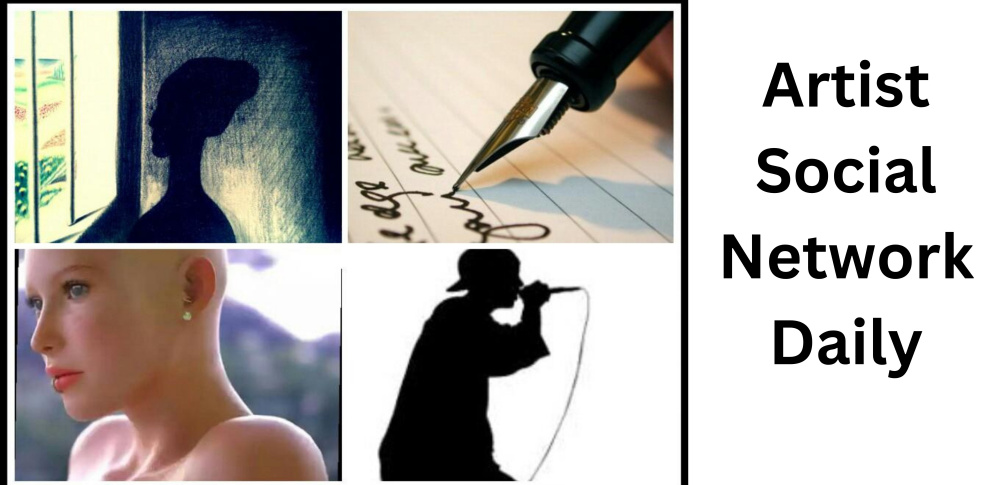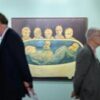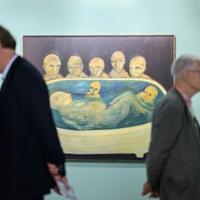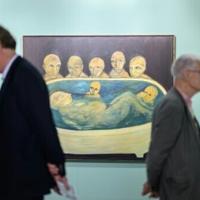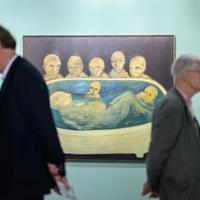This article is part of the Artnet Intelligence Report, The Year Ahead 2025. Our analysis of the second half of the year’s market trends provides a data-driven overview of the current state of the art world, highlighting auction results and trends, and spotlights the evolving tastes in a turbulent market.
How has the art scene in Dubai changed since you opened your gallery there?
I opened my gallery in 2015, but I’ve been attending Art Dubai and Abu Dhabi Art for the past 18 years. The art scene in the region, particularly in the UAE, has flourished year after year, with the opening of museums, foundations, and galleries. When I first opened my gallery in Alserkal Avenue, it was a small community of a few galleries. Over time, it has transformed into the Chelsea of Dubai, with a thriving ecosystem of galleries, design studios, architecture firms, and artist spaces. The addition of major restaurants, a cinema showcasing artistic films, and foundations has made the avenue a dynamic hub, active day and night.
As a Western woman, what limitations or obstacles have you encountered while operating a gallery in Dubai?
If anything, I feel far more empowered as a woman in Dubai than in New York. Women lead the art world here in every capacity—from patrons like Her Highness Sheikha Salama bint Hamdan, who established the Salama Foundation, to her daughter, H.E. Sheikha Maryam, who spearheads artist residencies and curated exhibitions. Many women artists are sponsored to pursue higher degrees in the U.S. and Europe through these initiatives. The Ministry of Culture is highly active, and the majority of gallerists in the region are women, as are many leading artists. I have yet to face obstacles in Dubai—in fact, I am constantly given opportunities to thrive.
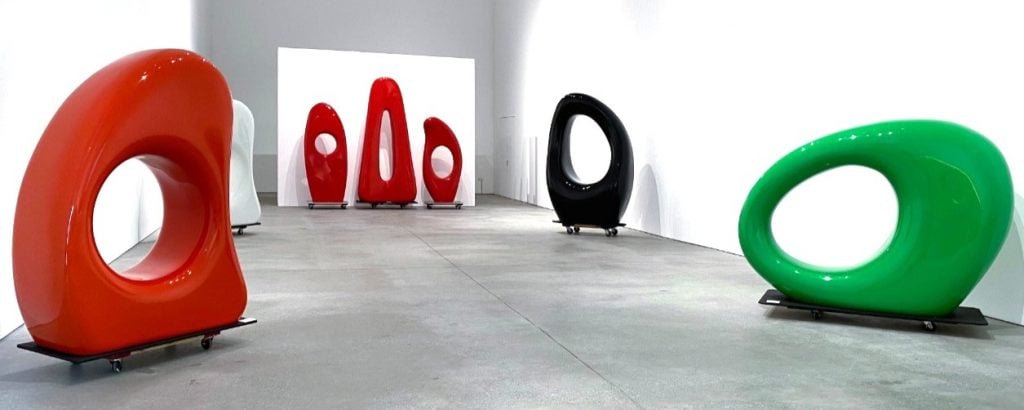
Installation view of “Mia Fonssagrives Solow: Sculpture Retrospective” at Leila Heller Gallery in Dubai in 2021. Courtesy Courtesy Leila Heller.
What are the collectors in the region buying, and how do their interests and tastes compare with those of Western collectors?
Since opening my gallery, I have seen a significant expansion in the collector base. Dubai has attracted a diverse international population, including Euro-Americans, South Asians, and East Asians, making it a truly global city. Collectors have become more sophisticated, not only in their interest in art but also in their interest in design. While many initially focused on Middle Eastern and regional artists, they are now eager to broaden their collections, embracing Western artists as well. They appreciate the educational aspect of art, attending our talks and avidly collecting our exhibition catalogues. During Art Dubai and Abu Dhabi Art, collectors often open their homes to curators and fellow collectors. Figures like Sheikha Hoor Al Qasimi, recently named the top curator of the year by ArtReview, are shaping the scene. I just returned from the Sharjah Biennial, which continues to be one of the most forward-thinking exhibitions, featuring 200 regional and international artists. Similarly, the Jeddah Biennale, curated by Dr. Amin Jaffer, was breathtaking. Both are on par with the Venice Biennale in terms of scope, curation, and vision.
With the growing interest in the region, can you share tips for Western dealers, advisors, art patrons, and artists who want to succeed there?
Many Western dealers have moved to the region and successfully established galleries. Artists, collectors, curators, and institutions continue to relocate here, drawn by the opportunities and the region’s dynamic art ecosystem. The key to success is understanding and respecting the local culture, as well as appreciating the high level of education among collectors. Relationships in the region are built on loyalty and trust—it’s not just about selling art but about fostering genuine, long-term connections. Unlike in the transactional Western art world, working in the Middle East is deeply personal, often involving friendships and family ties. That’s what makes being an art dealer here so much more rewarding.
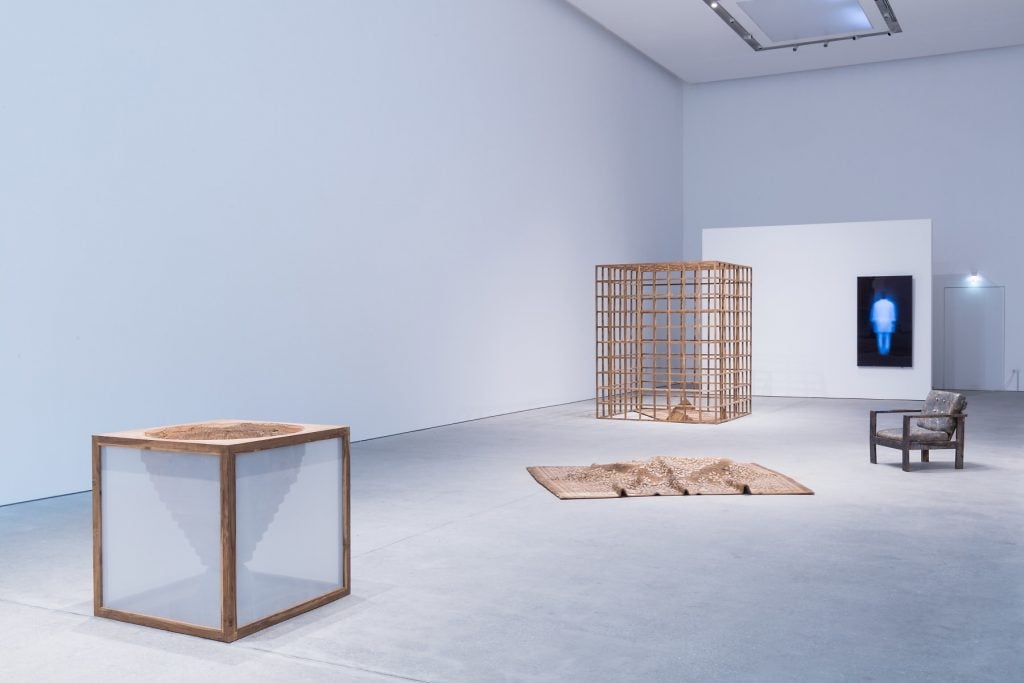
Installation view of Sudarshan Shetty’s 2018 exhibition at Leila Heller Gallery in Dubai, which presented two bodies of work, “A Song, A Story” and “The Empty Vessel.” Courtesy Leila Heller.
What role does Art Dubai play in the regional art ecosystem, and how has it changed?
Both Art Dubai and Abu Dhabi Art have played pivotal roles in developing the art ecosystem in the UAE. The continual opening of museums, foundations, and galleries has solidified the region’s position as a global destination for art and design. These fairs attract not only regional collectors and curators but also museum directors and collectors from the U.S. and Europe. Unlike most international art fairs, Art Dubai and Abu Dhabi Art incorporate curated exhibitions and outstanding VIP programs. The hospitality extended to collectors, museum groups, and artists is unparalleled—there is nothing quite like the elaborate, graciously hosted dinners that accompany these fairs.
This post was originally published on this site be sure to check out more of their content
